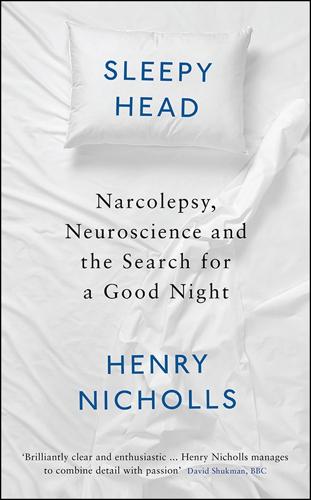
Sleepyhead: Narcolepsy, Neuroscience and the Search for a Good Night
by
Henry Nicholls
Published 1 Mar 2018
Kalsbeek and others (Elsevier, 1996), 321–42 <http://www.sciencedirect.com/science/article/pii/S0079612308604161> [accessed 14 November 2016]. p. 33 Jane Rowth had a particular impact Roger Ekirch, Interview with author, 7 February 2017. p. 33 a couple of days later A. Roger Ekirch, At Day’s Close: A History of Nighttime (Phoenix, 2006), p. 307. p. 34 between light and light The quotations from Nathaniel Hawthorne and Robert Louis Stevenson appear in A. Roger Ekirch, ‘Sleep We Have Lost: Pre-Industrial Slumber in the British Isles’, American Historical Review, 106.2 (2001), 343–386. p. 34 premier sommeil A. Roger Ekirch, ‘Sleep We Have Lost’. p. 35 getting out of bed A. Roger Ekirch, ‘A Social History of Sleep – Looking Back to What Was “Normal Sleep”’ (Royal Society of Medicine, 2017).
…
‘Consequently, humans have increasingly insulated themselves from the natural cycles of light and darkness that have shaped the endogenous rhythms of life on this planet for billions of years.’ Thanks to artificial lighting, the human brain has become ‘perpetually clamped in a long-day/short-night mode,’ he wrote. Implicit in Wehr’s thesis was the prediction that in the past, when winter nights were long and dark, we might have slept in two discrete stints. When social historian Roger Ekirch chanced upon a write-up of Wehr’s work in the New York Times in 1995, he was stunned. He was researching sleep as part of a book on the history of night-time, and though he had no prior knowledge of Wehr’s research he’d arrived at much the same conclusion. In the mid-1980s, Ekirch had spent a portion of his summer holidays in London, delving into the archives at the Public Record Office on Chancery Lane.
…
More recently, there have been several excellent popular books on sleep, including The Mind at Night by Andrea Rock, Night School by Richard Weismann, The Mystery of Sleep by Meir Kryger and Why We Sleep by Matthew Walker. When it comes to specific aspects of sleep and sleep disorders, there is plenty of further reading to be had. A Woman in the Polar Night by Christiane Ritter is a little known book about a year spent among fur-trappers in the Arctic and contains magical descriptions of light and darkness. Roger Ekirch’s discovery of a biphasic pattern of pre-industrial sleep first appeared in his stunning article ‘Sleep we have lost’, American Historical Review 106.2, (2001), p. 343–86 and then in At Day’s Close: A History of Nighttime. For more on the science of the circadian rhythm, see Rhythms of Life by circadian biology pioneer Russell Foster and look out for Our Solar Bodies by Linda Geddes.
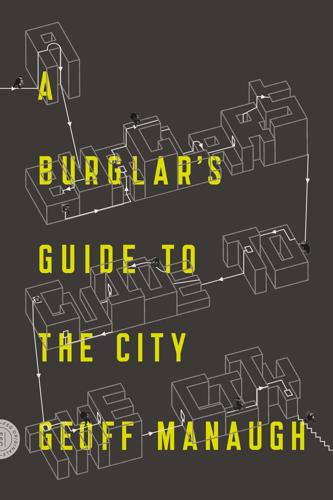
A Burglar's Guide to the City
by
Geoff Manaugh
Published 17 Mar 2015
This was not motivated by aesthetics, however, but was explicitly a police project, a deliberate—and quite successful—effort to redesign the city so that the streets would be too wide to barricade, the back alleys no longer winding or confusing enough for insurgents and revolutionaries to disappear or get away. The urban landscape of Paris became a police tool, its urban core reorganized so aggressively that popular uprisings would henceforth be spatially impossible. This is not the only police project for which Paris is widely known. As historian A. Roger Ekirch explains in his 2005 book, At Day’s Close, the idea of lighting the streets of Paris back in the 1600s originally came from the police. Streetlights were one of many new patrol tools implemented by Louis XIV’s lieutenant general of police, Gabriel Nicolas de la Reynie. De la Reynie’s plan ordered that lanterns be hung over the streets every sixty feet—with the unintended side effect that Paris soon gained its popular moniker, the City of Light.
…
In his book The Insurgent Barricade (Berkeley: University of California Press, 2010), historian Mark Traugott disputes the notion that Haussmann’s renovations were explicitly directed at preventing street barricades, claiming that their counterrevolutionary effects simply came from pushing the working class out of central Paris. For more on the history of urban lighting programs, see A. Roger Ekirch, At Day’s Close: Night in Times Past (New York: W. W. Norton, 2005). For more on predictive policing, see, among other articles, “Predicting Crime, L.A.P.D.-Style” (Nate Berg, Guardian, June 2014). The “Lamm technique” seems to be a favorite topic of crime writers; references to it are legion.

White Trash: The 400-Year Untold History of Class in America
by
Nancy Isenberg
Published 20 Jun 2016
Hutchinson, The Population Debate: The Development of Conflicting Theories up to 1900 (Boston: Houghton Mifflin, 1967), 37, 44, 52, 123–24; Timothy Raylor, “Samuel Hartlib and the Commonwealth of Bees,” in Culture and Cultivation in Early Modern England, eds. Michael Leslie and Timothy Raylor (New York: St. Martin’s, 1992), 106. 19. Abbot Emerson Smith, Colonists in Bondage: White Servitude and Convict Labor in America, 1607–1776 (Chapel Hill: University of North Carolina Press, 1947): 5, 7, 12, 20, 67–85, 136–51; A. Roger Ekirch, “Bound for America: A Profile of British Convicts Transported to the Colonies, 1718–1775,” William and Mary Quarterly 42, no. 2 (April 1985): 184–222; Abbott Emerson Smith, “Indentured Servants: New Light on Some of America’s ‘First’ Families,” Journal of Economic History 2, no. 1 (May 1942): 40–53; A.
…
Noeleen McIlvenna, A Very Mutinous People: The Struggle for North Carolina, 1660–1713 (Chapel Hill: University of North Carolina Press, 2009), 1, 13, 162; Kirsten Fischer, Suspect Relations: Sex, Race, and Resistance in Colonial North Carolina (Ithaca, NY: Cornell University Press, 2002), 24; A. Roger Ekirch, “Poor Carolina”: Politics and Society in Colonial North Carolina, 1729–1776 (Chapel Hill: University of North Carolina Press, 1981), xviii–xix, 24. For “useless lubbers,” see Hugh Talmage Lefler, ed., A New Voyage to Carolina by John Lawson (Chapel Hill: University of North Carolina Press, 1967), 40. 15.
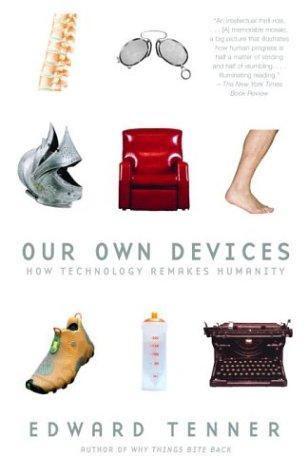
Our Own Devices: How Technology Remakes Humanity
by
Edward Tenner
Published 8 Jun 2004
Chair,” Grand Rapids Press, June 13, 1999. 54. Sue Emily Martin, Flexible Bodies: Tracking Immunity in American Culture from the Days of Polio to the Age of AIDS (Boston: Beacon Press, 1994). 55. Dan Logan, “Home Office Thrones,” Los Angeles Times, January 9, 1999. 56. “Science of Easy Chairs,” 638. CHAPTER SIX 1. A. Roger Ekirch, “Sleep We Have Lost: Preindustrial Slumber in the British Isles,” American Historical Review, vol. 105, no. 2 (April 2000), 343–87; Peter N. Stearns et al., “Children’s Sleep: Sketching Historical Change,” Journal of Social History, vol. 30, no. 2 (Winter 1996), 345–66; Jerome A. Hirschfeld, “The ‘Back-to-Sleep’ Campaign Against SIDS,” American Family Physician, vol. 51, no. 3 (February 15, 1995), 622ff.; Bruce Bower, “Slumber’s Unexplored Landscape,” Science News, vol. 156, no. 13 (September 25, 1999), 205. 2.
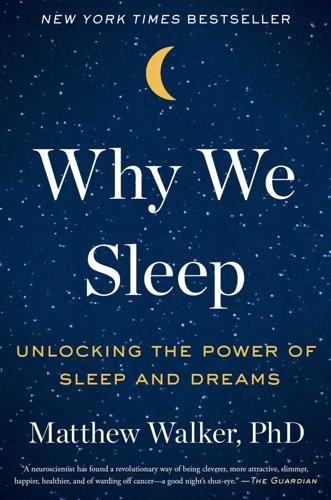
Why We Sleep: Unlocking the Power of Sleep and Dreams
by
Matthew Walker
Published 2 Oct 2017
A further criterion is that depriving the organism of what looks like sleep should result in an increased drive for more of it when you stop the annoying deprivation assault, reflecting “sleep rebound.” II. It was once thought that sharks did not sleep, in part because they never closed their eyes. Indeed, they do have clear active and passive phases that resemble wake and sleep. We now know that the reason they never close their eyes is because they have no eyelids. III. A. Roger Ekirch, At Day’s Close: Night in Times Past (New York: W. W. Norton, 2006). CHAPTER 5 * * * Changes in Sleep Across the Life Span SLEEP BEFORE BIRTH Through speech or song, expecting parents will often thrill at their ability to elicit small kicks and movements from their in utero child.

Dr. Johnson's London: Coffee-Houses and Climbing Boys, Medicine, Toothpaste and Gin, Poverty and Press-Gangs, Freakshows and Female Education
by
Liza Picard
Published 1 Jan 2000
The Gentleman’s Magazine, September 1764. 54. The Gentleman’s Magazine, January 1765. 55. London Evening Post, 23 October 1764. 56. The Gentleman’s Magazine, July 1763. 57. The Gentleman’s Magazine, July 1771. 58. William Alexander, The History of Women, London, 1779. 59. Radzinowicz, op. cit. 60. A. Roger Ekirch, Bound for America: The Transportation of British Convicts to the Colonies 1718–1775, Oxford, 1987, on which the following section is based. 61. This word is not in Johnson’s Dictionary. It means ‘a line of animals, slaves, etc. fastened together’ (Concise Oxford Dictionary). It is startling to find it used of English men in London. 62.
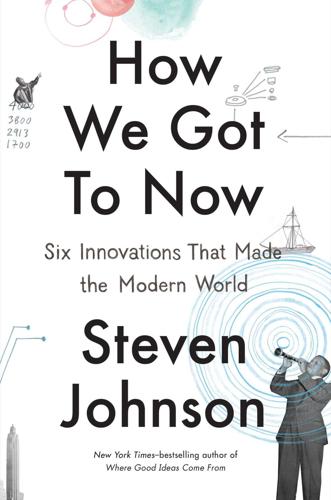
How We Got to Now: Six Innovations That Made the Modern World
by
Steven Johnson
Published 28 Sep 2014
And when that sun goes down, it’s pitch-black: there are no streetlights, flashlights, lightbulbs, fluorescents—even kerosene lamps haven’t been invented yet. There’s just a flickering glow of a fireplace, and the smoky burn of the tallow candle. Those nights were so oppressive that scientists now believe our sleep patterns were radically different in the ages before ubiquitous night lighting. In 2001, the historian Roger Ekirch published a remarkable study that drew upon hundreds of diaries and instructional manuals to convincingly argue that humans had historically divided their long nights into two distinct sleep periods. When darkness fell, they would drift into “first sleep,” waking after four hours to snack, relieve themselves, have sex, or chat by the fire, before heading back for another four hours of “second sleep.”

Discardia: More Life, Less Stuff
by
Dinah Sanders
Published 7 Oct 2011
Compare how you feel, physically and mentally, at the beginning and end of the month. You may never go back to cutting short your zzzs again! While you’re at it, though, don’t stress too much about nighttime wakefulness. It’s totally normal for humans, according to Virginia Tech University sleep historian Roger Ekirch (as cited by Natalie Wolchover in LifeScience). Regard it as “segmented sleep” instead of “insomnia.” Relax, and use those moments for quiet activities: think deep thoughts, fantasize, meditate, and enjoy doing nothing for a bit until your body is ready for sleep again. You have permission not to run yourself into the ground Go slow.
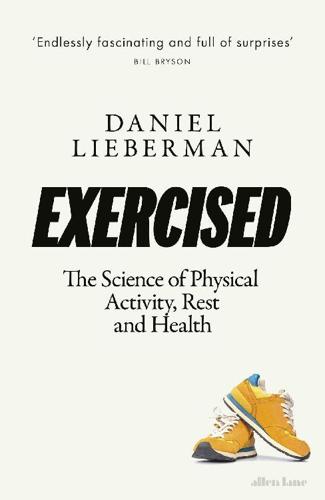
Exercised: The Science of Physical Activity, Rest and Health
by
Daniel Lieberman
Published 2 Sep 2020
These contrasting tendencies turn out to be remarkably heritable and hard to overcome.32 In addition, as we age, we sleep less and wake up more easily, and while many of us sleep through the night, others sometimes wake up for as much as an hour or two before going back to sleep. Debate over the normality of these varying patterns was triggered by the anthropologist Carol Worthman and the historian Roger Ekirch.33 These scholars argued that it was normal prior to the Industrial Revolution for people to wake up for an hour or so in the middle of the night before going back to sleep. In between “first sleep” and “second sleep,” people talk, work, have sex, or pray. By implication, electric lights and other industrial inventions might have altered our sleep patterns.